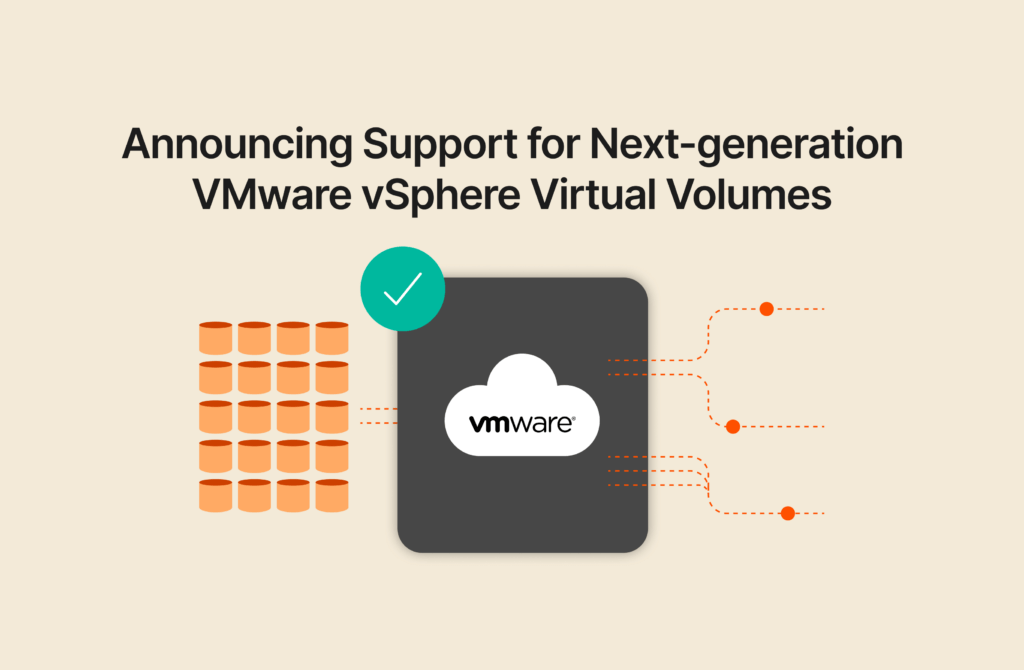It’s crunch time for automotive industry original equipment manufacturers (OEMs). The industry’s steady evolution towards electric vehicles, connected cars, and data-led production lines has been gaining speed. Electric car sales in Europe have jumped from 198,000 in 2018 to an expected 1.17 million this year while investment in electric and battery technology will total $330 billion over the next five years.
As OEMs turn their focus to connected cars and in-vehicle automation, the race to deliver best-in-class functionality is on. The engine, the entertainment system, and everything in between is managed by software. The software, in turn, produces huge amounts of data that is conveyed via telemetry to the cloud and on-premises systems for continual assessment and analysis of the car’s health. It follows that assembly lines and production equipment are also becoming data led.
This trend puts two once very separate worlds—computing-led information technology (IT) and engineering-led operational technology (OT)—on a collision course. All at once, OEMs face the challenge of trying to find some common format for integrating and analyzing data pulled from a stack of different siloed systems. The only way to manage all this data complexity is with software that has the dual ability to augment hardware and collect all the information into a universal data hub.
Two Worlds Collide: IT vs. OT
In an auto production line setting, IT relates to everything that supports the internal infrastructure of the business. OT refers to firmware or applications that run inside industrial machinery or equipment. A data-led approach necessarily involves teams from these two very different backgrounds working closely together. The task is complicated by virtue of the fact that data pulled from operational sources is invariably written in bespoke, sometimes obsolete code that varies from machine to machine. Somehow, they must make this data connect and interoperate with IT infrastructure that may include internet of things (IoT) device sensors, cloud-based applications, computer processors, and storage systems.
Rest assured, the task of making sense of all this data complexity is a real challenge for OEMs.
The first step is to combine all this information into a unified platform with shared communications and protocols so that everything talks together. Once established, this common data platform opens the door to a host of other benefits, such as simplification, coordination, streamlined processes, risk reduction, and faster time to market.
In my experience, there are multiple benefits to be gained from IT and OT working well together. Here are just three examples that spring to mind:
- OEMs can streamline their development processes to be more productive. A good example might be using data analytics tools to identify pinch points in the production process. Once discovered, the next step will be relatively straightforward: either replace them with faster machinery or recruit extra staff. Similarly, a data analysis sweep could pick up on a robot that is operating well below its capacity. In this case, the response may be to raise production rates or trade the machine in for a smaller model.
- IT best practices such as security updates and patch management can be introduced into operational systems. In some cases, it isn’t possible to update legacy OT systems remotely. However, in a unified ecosystem, an IT scan can at least compile an inventory of systems that are at risk so they may be air-gapped from the rest of the network to reduce exposure until an engineer can be dispatched to install the latest firmware.
- Operational service-level agreement compliance can be improved by using IT systems to track industrial machinery use. Staff can be alerted when a machine is due for maintenance based on its use. Ensuring equipment is properly maintained can eliminate downtime from machine breakages or, conversely, serve to reduce the cost of scheduled maintenance when it’s not needed.
On-Demand Data Management for the Auto Industry
The next phase is to repeat the same IT/OT model for the car itself. A single connected vehicle can have as many as 1,000-2,000 different electronic control units (ECUs) managing the brakes, oil temperature, engine, transmission, and so on. A single connected vehicle generates up to 25 gigabytes of telematics data per hour, a small portion of which is shared outside the vehicle.
The goal is to merge all of these data and technology sources onto the same unified platform in the data center and the cloud. In practice, what we’re talking about is an on-demand data management platform with a common software layer across on-premises and cloud workloads. The platform is responsible for managing how telematics data is captured, analyzed, cataloged, labeled, amalgamated, managed, and distributed. It also manages whether it resides on premises, in the cloud, or in a multicloud environment. The platform must also allow organizations to navigate their own path through this increasingly complex world of dynamic telemetry data. This is what allows an automotive OEM to finally connect IT/ OT data pulled from the production line with the growing IT/OT data set onboard the car.
In summary, electric vehicles and their onboard software system are set to take the auto world by storm. OEMs are rushing to complete the digital transformation of their business models and, in doing so, are having to unify systems and processes across once separate IT and OT parts of their business. The sheer complexity and volume of the data involved is mind-boggling. Bridging this great divide is only possible with the right software and a data and cloud-agnostic management platform capable of interpreting the huge quantities of information involved, regardless of its IT or OT origins.
I would love to hear your thoughts and experiences on this topic. Where is your organization on its digital transformation journey? What is your approach to solving the IT/OT conundrum? What has the experience taught you?
To learn more about how automotive organizations can achieve value from their data, download the e-book.
![]()




